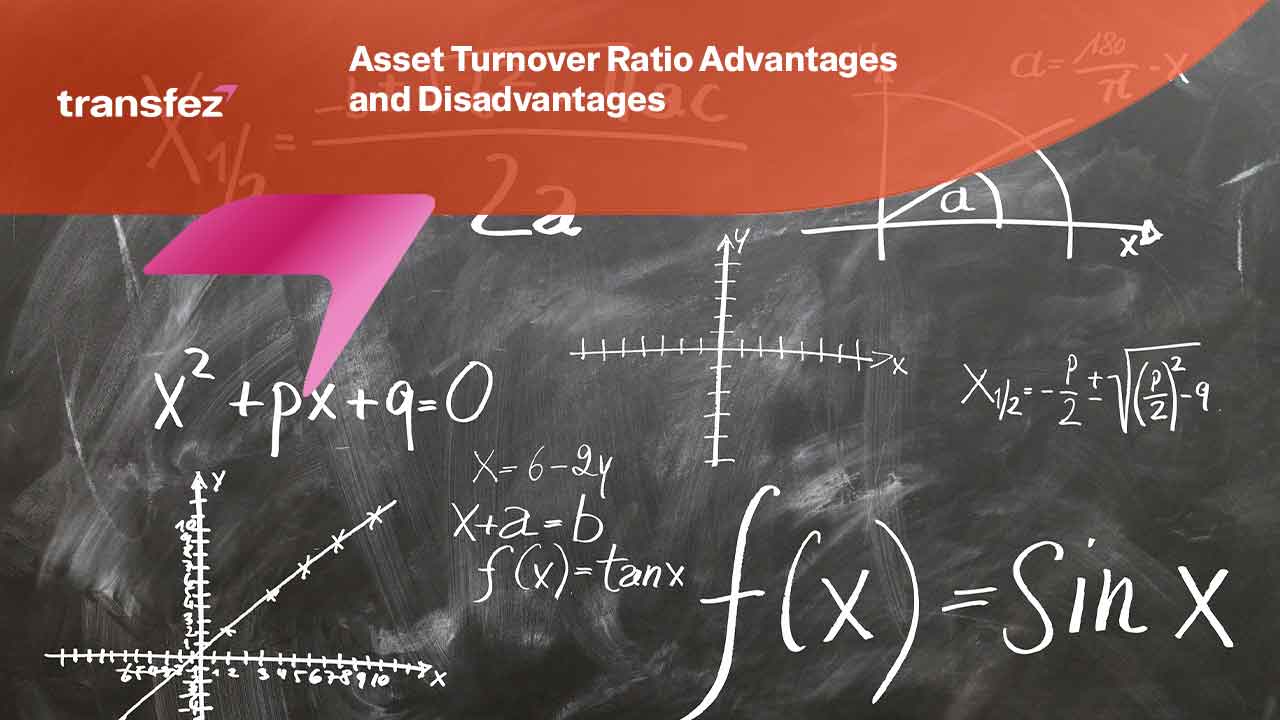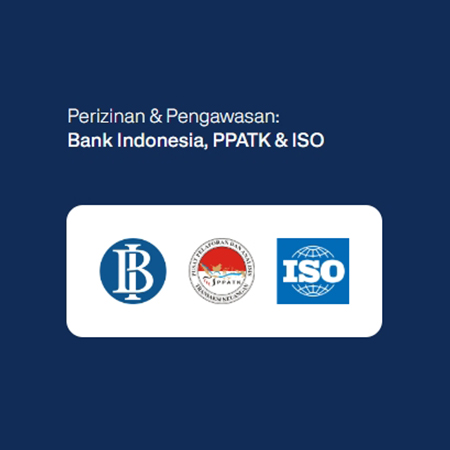
Every company wants to make a profit. There are three ways to get this advantage. The first way is to increase sales, the second is to reduce costs and the last way is to make sales and costs used more efficiently. This third method exists because often an increase in sales is followed by an increase in costs that are not worth it. Similarly, reducing costs often affects the number of goods sold. There are various financial indicators that you can use to measure the efficiency of this company. One of them is the asset turnover ratio or asset turnover ratio.
The following article will discuss the meaning of the asset turnover ratio. In addition, it will discuss the calculation formula, information that can be obtained regarding the calculation results, as well as the benefits of the calculation. Check out the information immediately below.
Definition of Asset Turnover Ratio
Asset turnover ratio (ATR) measures how well a firm uses its assets to produce sales. The asset turnover ratio is calculated by dividing the total sales by the total assets of the firm.
Depending on the kind of asset you wish to study, there are two different forms of asset turnover ratio. The two categories are fixed assets ratio, which particularly examines fewer liquid assets like buildings or intangible assets, and current asset turnover ratio, which specifically analyses liquid assets like cash, receivables, equipment, and receivables. The total asset turnover ratio, which includes the analysis of the two categories of assets and is used to determine the return on equity, is the subject of greater discussion in this article.
The corporation is more effective at creating money from the use of its assets when the asset turnover rate is higher. In contrast, the lower the asset turnover rate, the less effectively and efficiently a corporation uses its assets for its revenue. Because a business may have a large number of assets, although many of these resources offer great value, they are not often used to their full potential. As a result, businesses with many but ineffective assets will lose out to those with few but effective assets, which will generate profits for such businesses.

The Equation
The formula for calculating asset turnover is very simple. Where the formula is:
Asset Turnover Ratio = Total Sales / ((Initial Asset + Ending Asset)/2)
You must first be aware of the overall sales your business has generated over a specific period. The total assets possessed at the same period as the entire sales, namely the beginning assets and ending assets, must then be known. The asset amounts are then combined, and the overall asset amount is split in two. Once you have all the data, you just need to plug it into the formula indicated above, which is the sum of sales divided by the sum of beginning and ending assets, added together, and divided by two.
See Video How To Easily Send Money International with Transfez
The Benefits of Asset Turnover Ratio
Generally speaking, these financial indicators help assess how well a firm uses its resources. This indicator can specifically assist investors and relevant firm management on several issues, such as how are the company’s profits impacted by the issue of additional shares. What effect do fresh asset purchases have on the company’s revenue? And many more.
Asset turnover ratio also benefits the measurement of the turnover of all assets or assets owned by a company. It also measures the efficiency level of utilization of company resources, for example in the areas of sales, debt collection, to inventory. Furthermore, it measures how much sales are obtained from each rupiah of assets.
Investors may more easily determine if a firm can utilize its assets efficiently or not using the asset turnover ratio number. Investors may use this number to assess the success of the firm by comparing it to other businesses in the same industrial sector. Investors will also be aware of the company’s shortcomings and the circumstances under which it cannot benefit from its assets. This may be utilized by the business to evaluate how it can do better the next year.
Send Money Easily to Different Countries
How to Send Money to Hong kong
How to Send Money to China
How to Send Money to Malaysia
How to Send Money to Japan
Disadvantages of Asset Turnover Ratio
Some of the disadvantages of the asset turnover ratio are that this indication still does not provide all the information regarding a firm’s asset management strategy. Even if it can be used as a consideration indicator when purchasing shares of a company.
If a business ceases investing in new assets, the asset turnover ratio will often rise. On the other side, the value is likely to decrease if the firm is vigorously expanding, purchasing new assets, or issuing new shares. Investors must thus evaluate the company’s valuable data for more than 5 years in addition to comparing its asset turnover ratio value to that of similar firms during a certain period to fully complete the research.
Download Transfez App
Transfez App can help you transfer money abroad more quickly and efficiently. Transfez Business can also help your business in making transactions abroad. For those of you who want to send money to relatives who are abroad because they are studying, working, or traveling, Transfez will be ready to help. This app is available on Android as well as iOS.
One of the key metrics for gauging a company’s performance efficiency is the asset turnover ratio. By dividing the total income by the typical amount of corporate assets for a certain period, this indicator’s value is determined. However, it would be incorrect to merely compare the worth of these assets to all industrial sectors. If you’re an investor, you may make a more accurate comparison and analysis by comparing the asset turnover value of one firm with similar companies.











